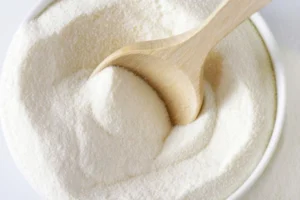
What is the history of the dairy industry in North Dakota?
North Dakota, known for its vast plains and agricultural heritage, has a rich history in the dairy industry. The state’s dairy industry has evolved significantly over the years, contributing to the economic growth and development of the region. Let’s delve into the fascinating history of this industry and explore some frequently asked questions.
Early Beginnings:
The dairy industry in North Dakota traces its roots back to the late 1800s when settlers began establishing dairy farms. These early farmers primarily produced milk for their own consumption and local communities. As the population grew and demand increased, the industry expanded, leading to the establishment of creameries and cheese factories.
Technological Advancements:
In the early 1900s, advancements in technology revolutionized the dairy industry. The introduction of milking machines, refrigeration, and transportation systems enabled farmers to increase production and distribute their products more efficiently. This period saw a surge in the number of dairy farms and the overall growth of the industry.
Cooperative Movement:
During the 1920s, dairy farmers in North Dakota recognized the benefits of collaboration and formed cooperative associations. These cooperatives allowed farmers to pool their resources, share knowledge, and collectively market their products. The cooperative movement played a pivotal role in stabilizing prices, improving quality, and expanding market reach.
Modernization and Expansion:
In recent decades, the dairy industry in North Dakota has undergone significant modernization and expansion. Technological advancements, such as automated milking systems and improved genetics, have increased efficiency and productivity on dairy farms. The state has also witnessed an increase in the number of large-scale dairy operations, contributing to the growth of the industry.
FAQs:
Q: How many dairy farms are there in North Dakota?
A: As of 2021, there are approximately 150 dairy farms in North Dakota.
Q: What are the main dairy products produced in North Dakota?
A: North Dakota primarily produces fluid milk, cheese, butter, and ice cream.
Q: How does the dairy industry contribute to North Dakota’s economy?
A: The dairy industry in North Dakota contributes significantly to the state’s economy through job creation, income generation, and tax revenue. It also supports other sectors, such as feed production and transportation.
Q: Are there any challenges faced by the dairy industry in North Dakota?
A: Like any industry, the dairy sector faces challenges such as fluctuating milk prices, changing consumer preferences, and the availability of skilled labor. However, the industry continues to adapt and innovate to overcome these challenges.
In conclusion, the history of the dairy industry in North Dakota is a testament to the resilience and ingenuity of its farmers. From humble beginnings to modernization, this industry has played a vital role in shaping the state’s agricultural landscape and economy. With ongoing advancements and a commitment to quality, the future of the dairy industry in North Dakota looks promising.





